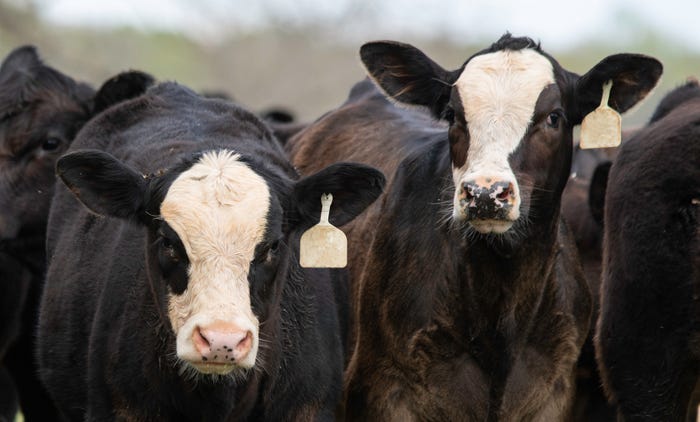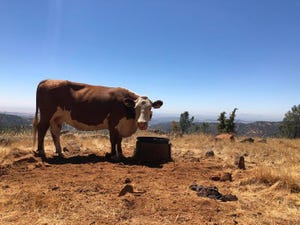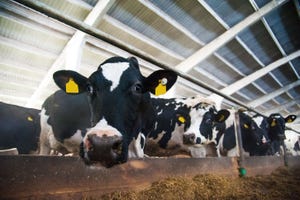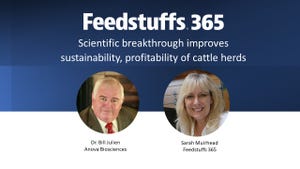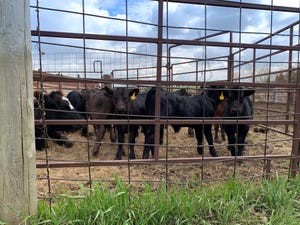thumbnail
Livestock Management
Moving into the next stage of Panhandle wildfire recoveryMoving into the next stage of Panhandle wildfire recovery
Donation intake closing as distribution continues for AgriLife Extension-operated Animal Supply Points.
Subscribe to Our Newsletters
BEEF Magazine is the source for beef production, management and market news.


.png?width=700&auto=webp&quality=80&disable=upscale)
